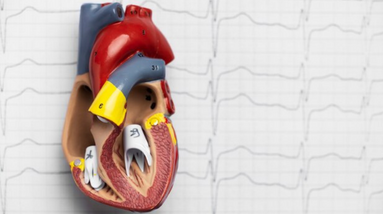
The mitral valve is a valve located between the left atrium and left ventricle of the heart that controls blood flow between these two chambers. The mitral valve has two flaps, or leaflets, that open and close to allow blood to flow from the atrium into the ventricle during the heart’s relaxation phase (diastole), and prevent blood from flowing back into the atrium during the heart’s contraction phase (systole).
Mitral valve disease occurs when there is damage or dysfunction of the mitral valve. This can result in a variety of symptoms, depending on the severity of the condition. Mitral valve stenosis occurs when the valve becomes narrowed, reducing the amount of blood that can flow through it. This can cause symptoms such as fatigue, shortness of breath, and heart palpitations. Mitral valve regurgitation occurs when the valve doesn’t close properly, causing blood to leak back into the atrium. This can cause symptoms such as fatigue, shortness of breath, and swelling in the legs and ankles.
Risk factors for developing mitral valve disease include age, a family history of the condition, certain medical conditions that affect the heart, and certain medications that can affect the heart. Treatment options for mitral valve disease depend on the severity of the condition and may include medications, lifestyle changes, or surgery to repair or replace the valve. It’s important to seek medical attention if you suspect that you may have mitral valve disease to prevent further complications.